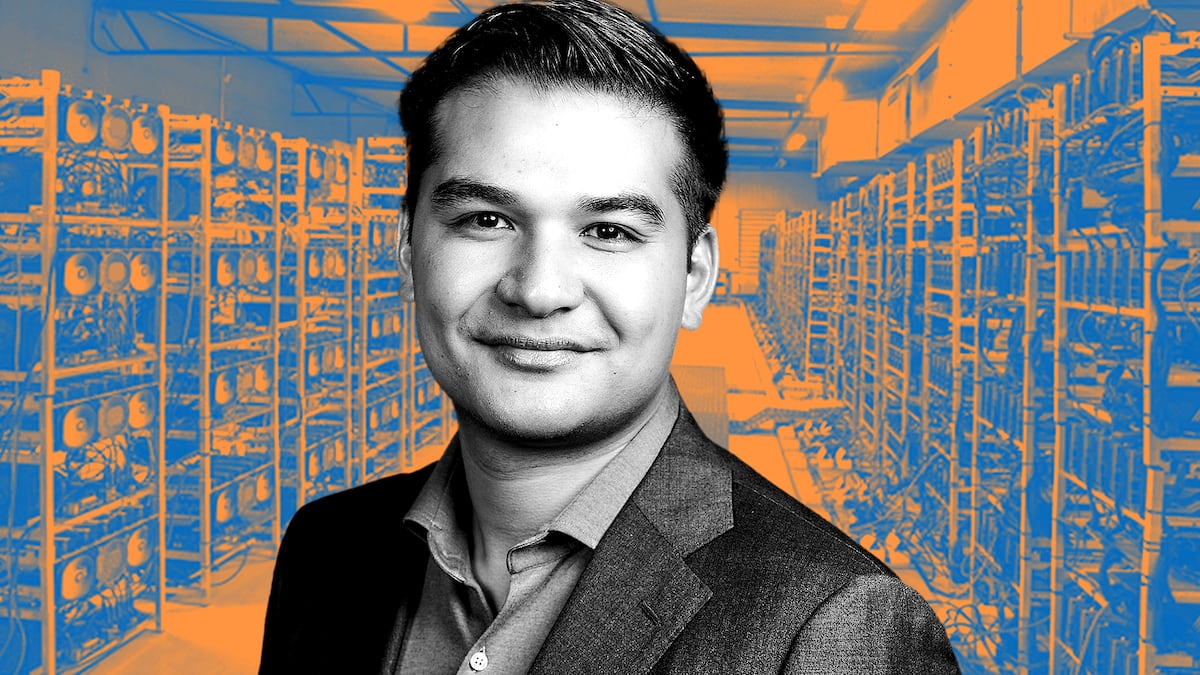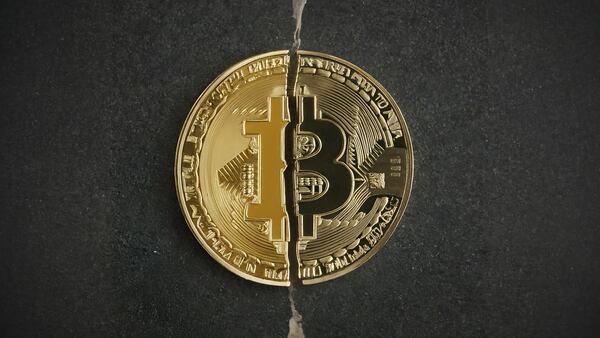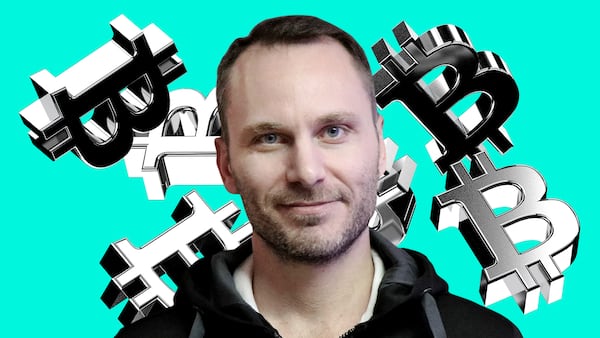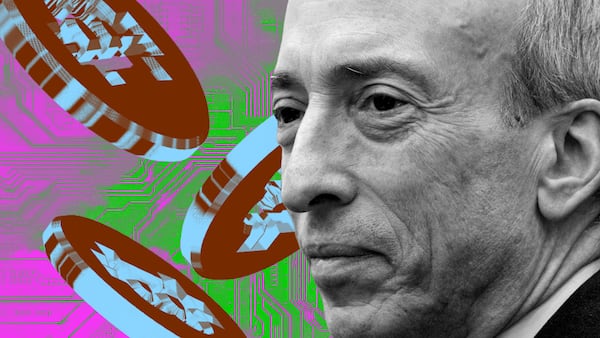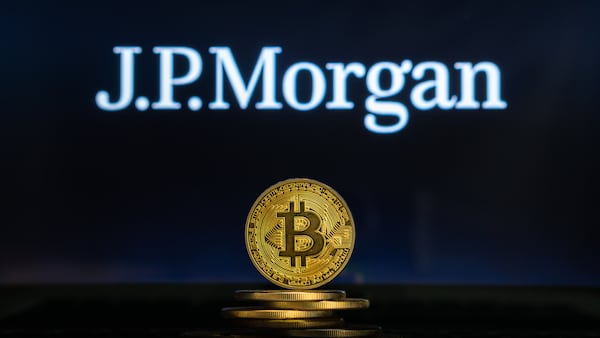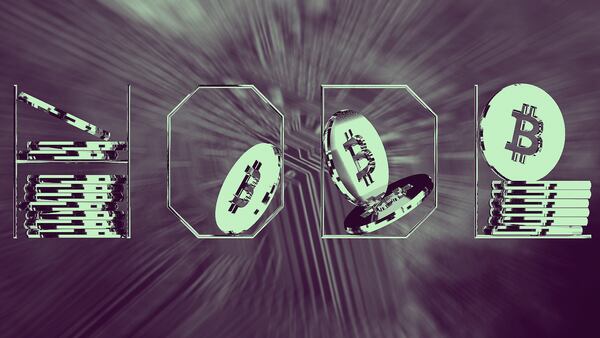- The Bitcoin halving will happen this week.
- Bitcoin mining firm Hut 8 says it’s well prepared for the event thanks to its diversified revenue stream.
- The company will likely look for opportunities to acquire assets “at the right price” in the wake of the halving.
The fourth halving is happening this week. After April 20, miners will be rewarded only half as much Bitcoin as they now do for maintaining the blockchain.
For some Bitcoin miners, that means their revenue will be slashed in half — but their operational costs will remain the same.
The new CEO of Hut 8, Asher Genoot, explained to DL News how his Bitcoin mining company — one of the biggest in the world — is preparing for the industry-rocking event.
At the cornerstone of Hut 8′s strategy lie two things: its diversified revenue streams and its enormous Bitcoin holdings.
The former will help the company mitigate the impact of the halving, and the latter will allow it to seize opportunities that may arise in the aftermath of the halving, according to Genoot
Seizing opportunities
The halving is a mechanism designed to reduce the issuance of Bitcoin over time. Miners currently earn 6.25 Bitcoin every 10 minutes, but that number will be cut to 3.125 Bitcoin after the update.
Depending on their business model, miners’ revenue will be slashed in half without any drop in operating expenses. It’s therefore a tricky time for the industry.
This has caused analysts from crypto exchange Coinbase and research firm Bernstein to predict that the mining industry will consolidate, as big players scoop up struggling rivals.
Hut 8 is among those looking for opportunities.
The company’s $900 million market capitalisation makes it only slightly smaller than bigger competitors Marathon Digital, Riot Platforms, and CleanSpark.
And with 9,100 Bitcoin on its balance sheet — worth roughly $573 million — it has an ample war chest.
“It gives us great purchasing power within the markets and the ability to acquire assets,” Genoot said. But not all opportunities are equal, he cautioned.
In 2022 a lot of miners were struggling because of the leverage they added during the 2021 bull market, but there’s “a lot less debt in the ecosystem this time around,” Genoot said.
For example, if a miner has distressed assets, it could mean that energy prices on its site are too high, Genoot said. “If that’s the case, you don’t really want to buy those assets either.”
“We’re ready and willing to acquire assets if the right assets come up at the right price,” he said.
Mitigating impact
One of the Hut 8′s strengths lies in its diverse revenue streams, Genoot said. Not only does it mine Bitcoin, but it has a data centre business and is pursuing opportunities related to artificial intelligence.
The company also provides hosting and management services to clients that aren’t interested in operating mining rigs themselves. These clients include a renewable energy company, a large financial institution, and smaller miners.
In many cases, “it ends up being cheaper and higher quality service for clients to just outsource operations to us,” Genoot said.
Hut 8 now has 27 so-called exahash under management, meaning that it accounts for roughly 4% of the total computing power behind the Bitcoin network.
A quarter of that power belongs to Hut 8 itself, while the remaining three-quarters is managed on behalf of clients.
Tom Carreras is a markets correspondent at DL News. Got a tip about Bitcoin? Reach out at tcarreras@dlnews.com
